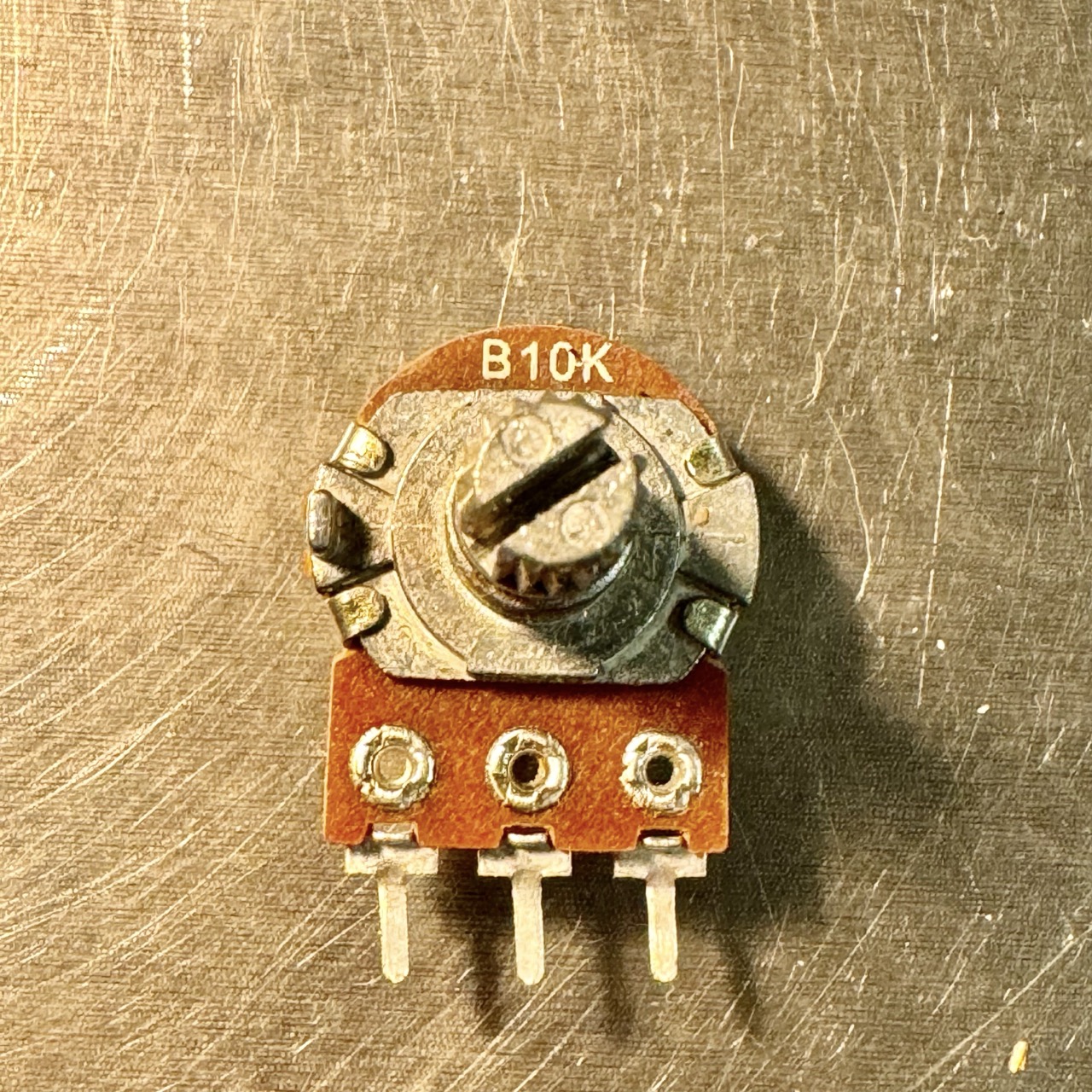What is a Potentiometer?
A potentiometer, often called a "pot," is a three-terminal variable resistor with a sliding or rotating contact that allows for adjustable resistance. By changing the position of this contact, the potentiometer divides an input voltage to provide a variable output voltage, which can be used to control electronic devices such as audio volume or brightness levels.

How Potentiometers Work
Potentiometers consist of a resistive element (often carbon or wire-wound) and a movable wiper. When you turn or slide the wiper, it changes the position along the resistive element, varying the output resistance or voltage. Potentiometers function as voltage dividers, and they are widely used to provide adjustable settings within circuits.
Types of Potentiometers
Potentiometers come in different types based on their structure and adjustment method:
- Rotary Potentiometers: The most common type, where a knob is turned to adjust resistance. Often used in volume controls.
- Linear Potentiometers: Have a straight slider for adjustment, allowing for precise control in a straight-line motion.
- Digital Potentiometers: Electronic versions of potentiometers that are controlled digitally, often used in modern applications that require precise control and repeatability.
Potentiometer Specifications
When selecting a potentiometer for a project, consider the following specifications:
- Resistance Value: The total resistance of the potentiometer, typically measured in ohms (Ω). Common values range from a few ohms to several megaohms.
- Taper: Refers to the relationship between the wiper position and the output resistance. Linear taper potentiometers change resistance evenly, while logarithmic taper potentiometers change resistance logarithmically and are used in audio applications.
- Power Rating: Specifies the maximum power (in watts) the potentiometer can safely handle.
- Mounting Type: Potentiometers can be panel-mounted or PCB-mounted, depending on the application and design requirements.
Applications of Potentiometers
Potentiometers are versatile components used in a range of applications where variable resistance or voltage control is required:
- Audio Volume Control: Potentiometers adjust audio output levels in speakers, radios, and amplifiers.
- Light Dimmers: Used in dimmer circuits to control lighting levels.
- Position Sensing: In control systems, potentiometers act as position sensors, where the output varies with the position of the wiper.
- Calibration and Adjustment: Often used in calibration circuits to fine-tune voltage or resistance values.
Potentiometer Circuit Example
Here’s a basic example of how a potentiometer is connected in a voltage divider circuit:
+-----------+----------------+
| | |
| V_in Potentiometer |
| | |
+-----------+----------------+
| |
| V_out
+-----------+
In this setup, the input voltage (Vin) is applied across the potentiometer's resistive element, and the output voltage (Vout) is taken from the wiper. By adjusting the wiper's position, Vout changes, allowing control of the output voltage level.